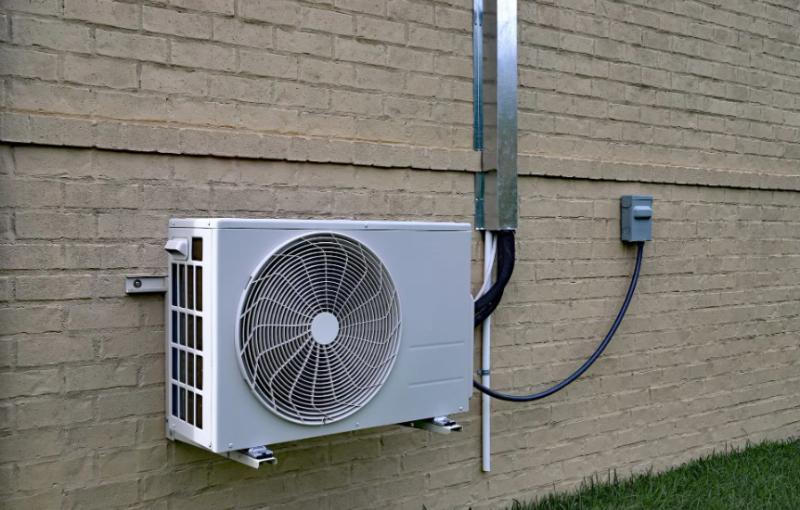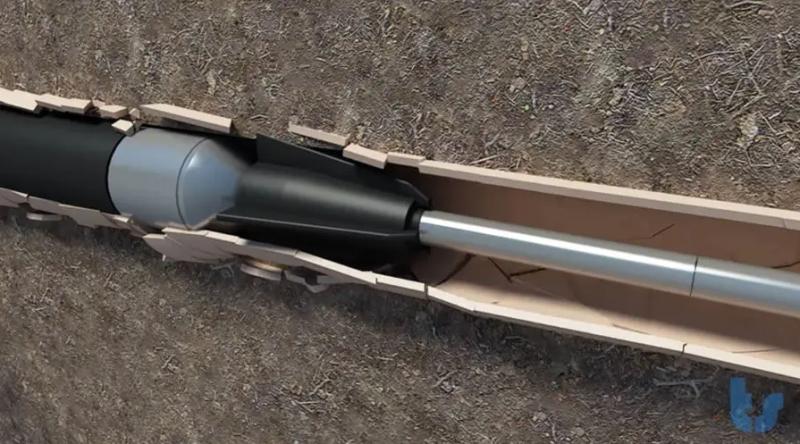Ductless vs. Central Air Systems: Which Suits Your Home Renovation Best?

Renovating your home offers the perfect opportunity reevaluate your California heating and cooling needs. Whether you’re retrofitting an older home without existing ductwork or expanding your living space, the choice between ductless and central air systems comes down to efficiency, cost, and suitability to your lifestyle. There are benefits and drawbacks to each based on your circumstances and we want to help you understand each of them.
What are Ductless and Central Air Systems?
Ductless systems, also known as mini splits, have separate units for each room, eliminating the need for extensive ductwork. Each unit operates independently, which allows for personalized temperature control in different zones of your home. This is particularly beneficial in additions or modifications were extending or installing new ductwork is impractical.
On the other hand, central air systems utilize a network of ducts and a single large unit to cool the entire home uniformly. This traditional form of air conditioning is invisible within the living space, with air vents discreetly placed, making it a seamless integration into any room’s aesthetic.
Pros and Cons of Ductless Air Systems
Ductless air systems offer unique benefits and drawbacks that are worth considering. Here are some ways these systems could fit into your lifestyle and home design needs.
Advantages:
Flexibility and Zone Control
Each ductless unit operates independently, allowing you to tailor temperature settings room by room. This is great if your live in a house where everyone has different comfort preferences. By cooling or heating only the rooms in use, ductless systems can give you some significant energy savings and a reduction in utility costs, making them a smart choice for personalized comfort.
Energy Efficiency
Ductless systems stand out for their ability to adjust energy output based on real-time cooling needs, thanks to advanced inverter technology. This adaptability ensures that no energy is wasted, reducing your environmental footprint and lowering your electricity bills. Additionally, the precise operation of these systems helps extend the life of your system by reducing wear and tear, further economizing your investments.
Ease of Installation
The simplicity of installing a ductless system makes it an attractive option for a lot of homeowners. They typically only require a small hole for the refrigerant line and can be set up without the disruption that tends to come with installing ductwork. This preserves the integrity of your home’s structure and decor. This minimal installation not only saves time but also reduces the costs associated with major renovations.
Disadvantages:
Higher Initial Costs
While ductless systems offer you significant operational savings, the initial setup cost can be a barrier. You’ll notice this expense more when you need multiple units to cover a large area or multiple rooms. You may need to consider the higher upfront investment if you have tighter budget constraints.
Aesthetic Impact
The visibility of ductless units can be a drawback for some homeowners. While modern designs are sleek and less obtrusive, they might still clash with the look of certain rooms. Finding a suitable location for each unit that doesn't disrupt the room's decor requires careful planning.
Maintenance
Regular maintenance is crucial to keep ductless systems running efficiently. You need to get each unit checked and serviced, which can add up in terms of both time and maintenance costs. Especially in larger homes with multiple units, keeping up with the maintenance demands can be more cumbersome than dealing with a single central system.
Pros and Cons of Central Air Systems
Central air systems have been the traditional choice for whole-home cooling, but they come with their own set of pros and cons. Let's delve into what makes central air a contender in modern homes.
Advantages:
Uniform Cooling
Central air systems provide you with a consistent and even temperature throughout your home, which can significantly enhance comfort. This system is particularly effective if you have a larger home where maintaining a uniform temperature can be challenging. The streamlined air distribution helps make sure that every room reaches the set temperature simultaneously without the hot or cold spots.
Invisibility and Aesthetics
One of the most significant advantages of central air systems is their low visual impact. With most of the hardware hidden away in basements, attics, or closets, only the discreet vents are visible, maintaining the aesthetic integrity of your home's interior design.
Improved Air Quality
Central air systems are equipped with advanced filtration that captures and removes a broad spectrum of allergens and pollutants from the entire home. This comprehensive approach to filtering air can significantly improve indoor air quality, especially when you have allergies or respiratory issues.
Disadvantages:
Ductwork Requirements
The necessity for extensive ductwork makes central air systems less ideal for older homes or renovations where no ductwork exists. Installing new ducts can be invasive and costly, often requiring significant home modification that can disrupt daily life.
Energy Efficiency
While central systems are generally efficient, they can lead to energy waste, especially in homes where not all rooms are in use. The system cools the entire house uniformly, which can be inefficient if areas remain unoccupied for significant periods.
Cost
The cost of installing central air, particularly in homes without existing ductwork, can be prohibitive. The expense includes not only the system itself but also the installation of ducts and potentially upgrading the home's electrical capacity to handle the new system.
Making the Choice: Ductless or Central Air?
Your decision will depend a lot on your specific home renovation needs. Ductless systems offer a versatile and energy-efficient solution for homes without existing ductwork or for room-specific additions. However, if you prefer consistent cooling throughout the house and have the infrastructure for ducts, central air might be the better option.
Both systems have their merits and can significantly enhance your living space if chosen wisely based on your renovation scale, budget, and personal preferences for comfort and design. Remember, investing in the right system can not only increase your daily comfort but also add value to your home.
Elevate Your Home’s Comfort
As you consider the best cooling solutions for your California home, weighing the pros and cons of ductless and central air systems can guide your decision. Whether you prioritize flexibility, aesthetic integration, or uniform cooling, Valley Comfort Heating and Repair offers the expertise to make sure your choice meets your specific needs. Enhance your home’s comfort and efficiency with a system that best suits your lifestyle and space.








